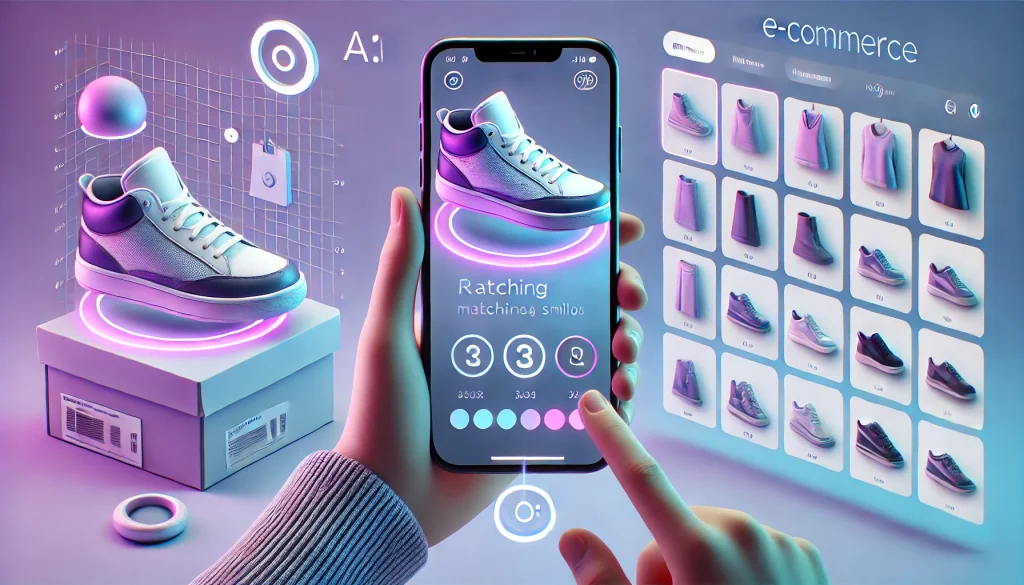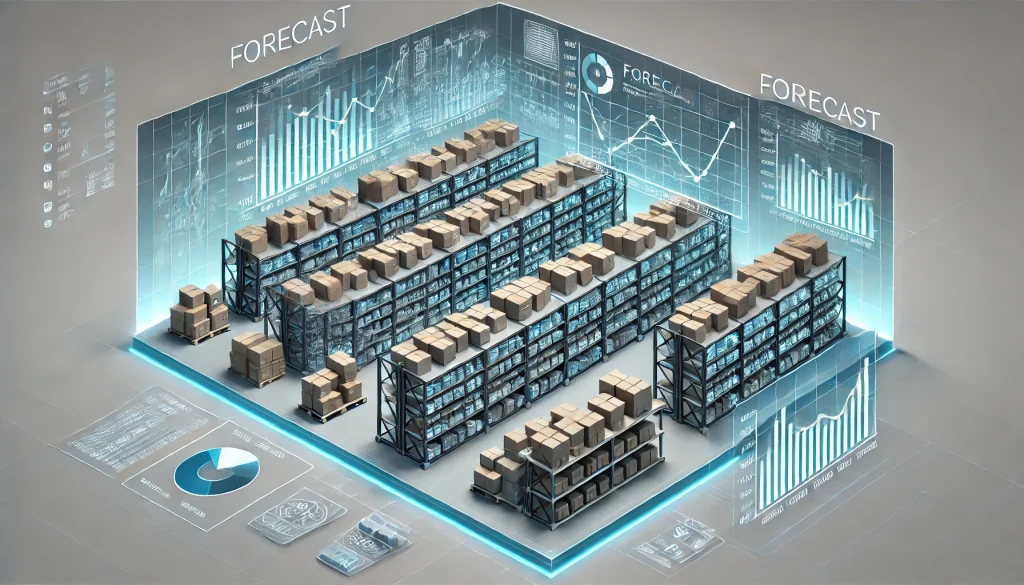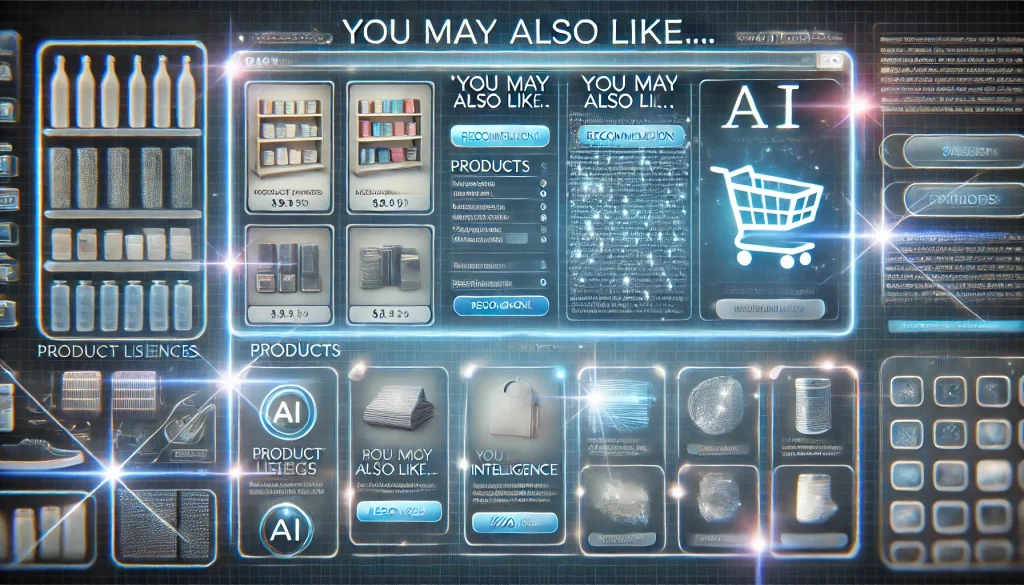In today’s e-commerce landscape, AI is the competitive edge. Online retailers—big or small—want product recommendation engines, demand forecasting, robust chatbots, and automated inventory management. Below, we explore ten AI platforms designed to streamline e-commerce operations, boosting conversions and reducing cart abandonment while improving supply chain efficiency. Whether you’re a startup or an established enterprise, these solutions span from personalizable free tiers to advanced paid offerings.

1. Nosto
Why It’s Interesting
- Product Recommendation Engine: Analyzes user behavior to provide real-time, personalized product suggestions.
- Segmentation & Personalization: Build dynamic “segments” based on user actions—like returning visitors, big spenders, or window-shoppers.
- Omnichannel: Recommends products across web, email, or in-app experiences.
Use Case:
- Small-to-medium businesses wanting straightforward integration with Shopify, Magento, or BigCommerce.
- Automatic cross-sell or upsell suggestions with minimal developer overhead.
Free Tier:
- They’ve occasionally offered limited free trials, but advanced personalization features might require a premium plan.
- Check if your e-commerce platform provides a free Nosto plugin that covers basic usage.
2. Vue.ai
Why It’s Great
- AI-Powered Visual Search: Customers can snap a photo, find similar items in your catalog.
- Automated Tagging: Analyzes product images to auto-assign attributes (color, style), saving manual tagging efforts.
- Personalized Feeds: Vue.ai’s personalization engine helps tailor user experiences based on browsing history.
Use Case:
- Fashion or lifestyle brands that rely on image-based discovery.
- Easing overhead for product data classification or advanced search.
Free/Open Source Spin-Off:
- No direct open-source version, but some modules might integrate with open frameworks for synergy in custom dev environments.
3. AWS Forecast

Why It’s Exciting
- Time-Series Forecasting: Built on advanced ML models for future sales, demand, or inventory projections.
- Integration: Ties in with S3 for data storage, plus easy pipeline usage with AWS Lambda or Step Functions.
- Scalability: Ranging from small data sets to huge enterprise volumes.
Use Case:
- Predicting daily/weekly sales or seasonal demand for e-commerce items.
- Generating reorder alerts for warehouses, balancing stock levels.
Free Tier:
- Part of AWS Free Tier includes limited usage for Amazon Forecast. If you exceed it, pay-as-you-go kicks in.
- Good for early-stage dev or pilot forecasting experiments.
4. Alibaba Cloud (AIRec)
Why It’s Distinct
- Chinese Market Edge: Alibaba Cloud remains strong in Asia, offering a sophisticated recommendation platform named AIRec.
- Pre-Trained Models: Modeled after Alibaba’s own e-commerce data experience, focusing on personalization.
- Multi-Language: Support for diverse item catalogs, user data, and advanced analytics like real-time user clicks.
Use Case:
- Businesses targeting the Asian e-commerce sector or bridging global sellers to Chinese consumers.
- If you want a solution proven at scale for multi-million user scenarios (Tmall, Taobao-like traffic).
Free Tier:
- Alibaba Cloud typically has free trials, though advanced features might require subscription. Check local region availability.
5. Google Cloud Retail AI

Why It’s Powerful
- Search & Discovery: Fine-tuned for retail searches, synonyms, or incomplete queries.
- Recommendation AI: Delivers personalized product picks, retargeting, plus multi-channel predictions.
- Integration: Ties into BigQuery for analytics, enabling advanced data merges with other sources.
Use Case:
- Medium-to-large e-commerce sites needing robust search optimization and cross-product recommendations.
- Devs comfortable with Google’s ML ecosystem (Vertex AI, Dataflow, Pub/Sub).
Free Tier:
- GCP has free usage credits but advanced retail solutions might cost. You can experiment on smaller data sets before scaling.
6. IBM Watson Commerce
Why It’s an Option
- AI Chatbots & Product Recommendations: Built on IBM Watson’s NLP and ML capabilities.
- Focus on Personalization: Recommends products based on user intent, conversation analysis.
- Enterprise Integrations: Ties into existing ERP, CRM, or supply chain software.
Use Case:
- Large retailers with complicated product lines seeking AI assistance for inventory ops, omnichannel experience.
- If you already use IBM solutions, synergy might reduce friction.
Free Tier/Open Source:
- Typically enterprise-driven, with limited free tier. However, some Watson services have free usage for small volumes.
7. Microsoft Dynamics 365 AI
Why It’s Relevant
- Seamless with Microsoft Stack: Ties into Dynamics for e-commerce, sales, marketing, plus Azure AI services.
- Predictive Analytics: Forecast sales, detect fraudulent transactions, or handle churn predictions.
- Power Platform: Connect low-code or no-code expansions for quick feature building.
Use Case:
- Teams deeply invested in Microsoft environment wanting a single suite for CRM, ERP, and AI.
- Devs can extend with custom ML models using Azure ML or Cognitive Services.
Free Tier:
- Often limited. Some “sandbox” environment usage might exist but advanced functionality usually has cost.
- Possibly integrate with your existing Office 365 or Azure to reduce overhead.
8. Clarifai for Image-Based E-Commerce
Why It’s Great
- Visual Recognition: Classifies item attributes, styles, or brand logos in product images.
- Filtering & Tagging: Automates your product library’s metadata, fueling better search or “similar item” suggestions.
- Edge / On-Device: Certain Clarifai models can run at the edge, reducing latency for real-time mobile experiences.
Use Case:
- Retailers with large image catalogs, especially if you want advanced image-based search or automated attribute tagging.
- Apparel, home décor, or electronics with visually distinctive features.
Free/Open Source Spin-Off:
- Clarifai has a limited free plan. For open-source, consider bridging Clarifai with another library for synergy in a custom pipeline.
9. Snorkel AI
Why It’s Up-and-Coming
- Data Labeling & Programmatic: Helps generate training sets for ML by writing labeling functions.
- Semi-Automated: Reduces cost/time of manual data labeling for product classification, recommendation tuning, or spam detection.
- Integration: Use your own ML frameworks after Snorkel outputs labeled data.
Use Case:
- If you have large, unlabeled data sets (e.g., product reviews, user logs) and want an AI approach to labeling.
- Ideal for e-commerce sites dealing with user-generated content classification, sentiment, or spam detection.
Free/Open Source:
- Core Snorkel libraries are open source, while advanced enterprise features might require licensing.
10. OroCommerce AI Suite
Why It’s Notable
- B2B E-Commerce Focus: OroCommerce’s open-source platform includes AI modules for personalization, negotiation, or dynamic pricing.
- Advanced Pricing: AI handles complex B2B discount structures, multi-tier negotiations.
- Ties to CRM: OroCRM integration for lead scoring, targeting, or account management.
Use Case:
- B2B e-commerce requiring specific negotiation flows or price quoting.
- Dev teams customizing an entire open-source stack from CRM to storefront with AI assistance.
Free Tier / Open Source:
- OroCommerce itself can be self-hosted, though certain advanced AI plugins might cost.
- The open-source code allows deep customization for advanced B2B flows.
Conclusion
AI in e-commerce is no longer optional—it’s essential for personalization, inventory forecasting, and improved user experiences. From advanced recommendation engines (Nosto, Vue.ai) to demand forecasting (AWS, Alibaba Cloud, Google Cloud), each platform suits different scales or regions. Meanwhile, specialized tools (Clarifai for image recognition, OroCommerce for B2B, or open frameworks for custom pipelines) fill niche needs.
Key Takeaways:
- If your store needs simple product suggestions and multi-channel personalization, check out solutions like Nosto or Vue.ai.
- For demand forecasting, big cloud providers (AWS Forecast, Alibaba AIRec, Google Cloud Retail) offer robust ML that ties into your existing data.
- Image-based search or tagging might leverage Clarifai, bridging product images with advanced recognition models.
- Large enterprise or B2B contexts thrive with IBM, Microsoft, or OroCommerce solutions, seamlessly integrated into their ecosystems.
Regardless of scale, these 10 AI platforms can supercharge your e-commerce or retail presence—helping you stay ahead of shifting user demands while automating tedious forecasting or personalization tasks.









